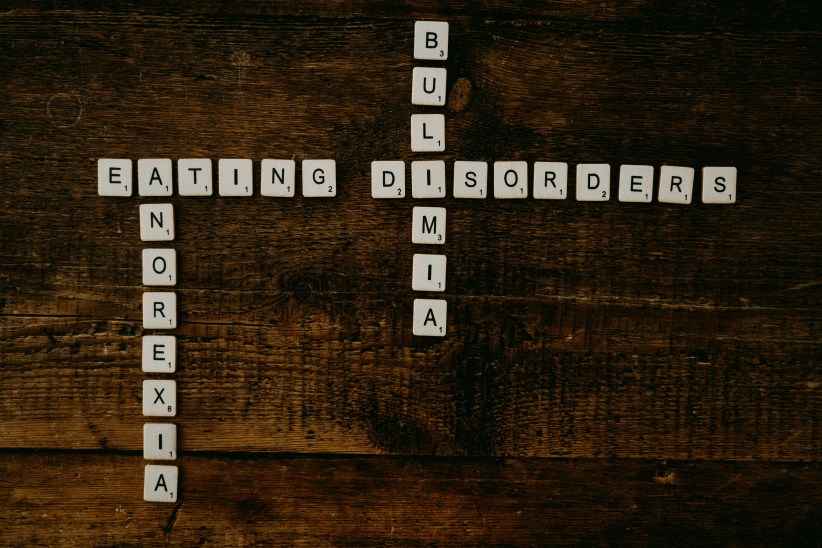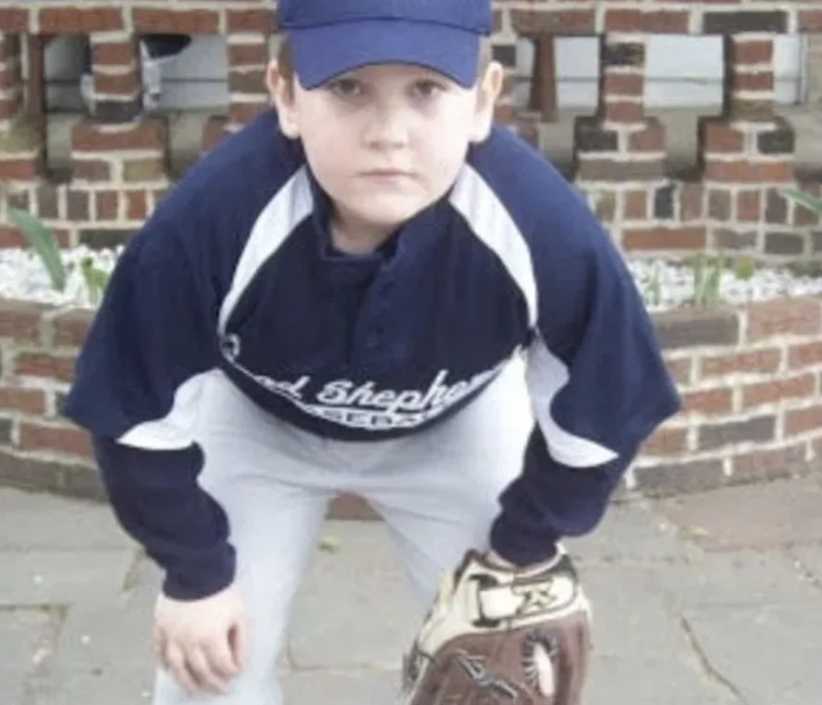
Disordered Eating in Young Athletes: What Every Parent Needs to Know
Young athletes often struggle with disordered eating and eating disorders.
For many kids and teens, sports are a huge part of growing up. They help build confidence, friendships, and healthy habits. Yet behind the medals and early morning practices, there’s a growing issue that often goes unnoticed: how young athletes think about food, their bodies, and performance. As their physical demands rise, so do their nutritional needs—but that conversation often gets missed.
“The adolescent years are pivotal,” says coach and nutrition expert Michele Pettinger. “It’s a key time for self-discovery and setting a foundation for the future.” In her new book, The Young Runner’s Guide to Nutrition: How to Fuel Your Body to Train Smarter, Run Faster, and Recover Quicker, Michele breaks down the often-blurry line between disordered eating and clinical eating disorders, and what parents, coaches, and teammates can do to catch the early signs. “The internet and social media are filled with articles on young athletes struggling with disordered eating and body image,” she notes.
Psst… Check Out Smart Eating: Budget-Friendly Tips to Stay Healthy With Rising Food Prices
Drawing from her own experience as a runner and now as a coach and nutrition specialist, Michele offers practical tools for parents, coaches, and athletes to foster healthier relationships with food, performance, and body image. Her message: education, empathy, and early action matter.

Disordered Eating and Eating Disorders
You may be hearing the terms disordered eating and eating disorders used interchangeably, but it’s essential to understand they represent two different concepts. This understanding is important to apply the correct diagnosis and appropriate treatments.
Disordered Eating
Disordered eating refers to a wide range of behaviors that involve eating in a way that prevents full participation in life activities or impairs healthy growth and development.
Signs and Symptoms of Disordered Eating in Athletes
- Dramatic weight loss or gain
- Frequently talking about food and body image
- Compulsive exercise habits — adding on to their workouts or not following protocol
- Mention of exercising so they can eat and/or because of what they ate
- Negative self-talk
- Communicating distress when a workout is missed
- Not eating in social situations like team dinners
- Extra fatigue, dizziness, shortness of breath at workouts
Physical symptoms may include chronic stomach or GI issues, dry skin, brittle nails, feeling cold all the time, and depression. If left untreated, disordered eating can lead to an eating disorder, as noted by Jordana Tobelem, RD, LDN:
“As a registered dietitian who has worked extensively with the eating disorder community, I’ve seen firsthand how early intervention and support can make all the difference. Recognizing the signs of disordered eating and seeking help can prevent more severe health issues down the line. As trainers, coaches, and parents, it’s important to foster an environment where young athletes feel empowered to nourish their bodies rather than restrict them, understanding that food is not the enemy, but rather a tool for performance and well-being.”
Eating Disorders
An eating disorder is a clinically diagnosable mental health condition. As recognized in the Diagnostic Manual DSM-5 (Diagnostic and Statistical Manual of Mental Disorders), they are characterized by severe disturbances in eating behaviors and related thoughts and emotions. There are three common types of eating disorders: anorexia nervosa (AN), bulimia nervosa (BN), and binge eating disorder (BED).
Anorexia Nervosa (AN)
AN is characterized by restricting what you eat, having a fear of gaining weight, and a distorted body image. Examples of behavior associated with AN may be avoiding meals, skipping breakfast, counting calories, and limiting foods one believes to be high in calories, like sweets, bread, and fats. Additionally, one’s weight may increase, in turn triggering anxiety. So even with a lack of energy, the individual will still engage in excessive exercise. Oftentimes, a distorted body image will accompany AN, where the person sees themself as overweight, despite size and will spend time criticizing their body, unable to hear compliments from others.
Bulimia Nervosa (BN)
BN is an eating disorder characterized by recurrent episodes of binge eating, where large amounts of food are consumed in a short period, followed by behaviors to prevent weight gain, such as self-induced vomiting, misuse of laxatives, fasting, or excessive exercise. Individuals with bulimia often experience feelings of guilt, shame, and lack of control over their eating behaviors, which can significantly impact their physical health, including electrolyte imbalances, dental issues, and gastrointestinal problems, as well as their psychological well-being, often co-occurring with other mental health conditions like depression or anxiety.
Binge Eating Disorder (BED)
BED is an eating disorder characterized by recurrent episodes of consuming large amounts of food in a short period while feeling a lack of control over eating during these episodes. Unlike bulimia nervosa, individuals with BED do not regularly engage in compensatory behaviors such as purging or excessive exercise to prevent weight gain. Feelings of guilt, shame, and distress often accompany binge-eating episodes. BED can lead to significant physical health concerns such as obesity, high blood pressure, diabetes, and gastrointestinal issues, as well as psychological challenges, including depression, anxiety, and low self-esteem.
Starting a Healthy Conversation Around Nutritional Challenges
Talking with your young athlete is the first step in getting them the help they need. Here are some steps to navigate this delicate landscape:
- Research Resources: Utilize tools like the National Eating Disorders Association (NEDA) online screening tool or Psychology Today’s search tool to find specialists tailored to your young athlete’s needs
- Make a Safe Environment: Choose a safe, calm, and private setting that does not involve food.
- Be Empathetic: Express compassion and focus on health rather than appearance or weight.
- Follow up: Reiterate your support and continue to offer resources and guidance
Resources For Learning More About Eating Disorders
National Eating Disorders Association (NEDA)
NEDA has an online screening tool appropriate for ages 13 and up as well as resources for educators and families.
Eating Disorder Hope™
This online community offers resources, education, support, and inspiration to those struggling with anorexia nervosa, bulimia nervosa, binge eating disorder, body image issues, and a myriad of other disordered eating behaviors.
With more nutrition education and promoting open communication between youth athletes, coaches, and parents, we can foster the healthy sports communities we want for our youth.
Excerpted from The Young Runner’s Guide to Nutrition: How to Fuel Your Body to Train Smarter, Run Faster, and Recover Quicker by Michele Pettinger. Copyright © 2025.

Michele Pettinger is an RRCA Level II Certified Running Coach, Certified Specialist in Fitness Nutrition, and Certified Functional Nutrition Counselor who combines her professional expertise with a lifelong passion for running to support young athletes in building healthy relationships with food, performance, and self-image.
Psst… Check Out Instagram Unveils Major Teen Safety Upgrades: Teen Accounts Now on Facebook and Messenger






















